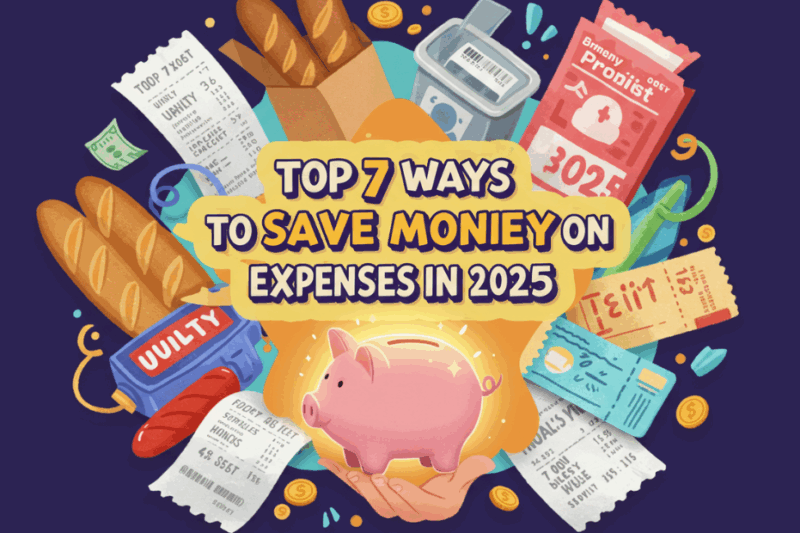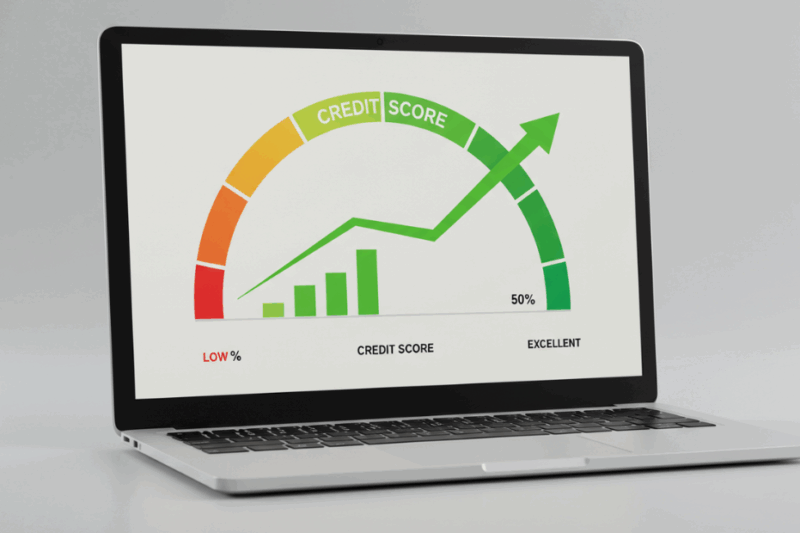Personal loans are a popular financial tool that can help you cover unexpected expenses, consolidate debt, or fund major purchases. However, as useful as they can be, personal loans also come with responsibilities and potential pitfalls. Mismanaging them can lead to financial stress and long-term consequences. To help you navigate the process, here are the top seven mistakes people make with personal loans—and how to avoid them.

1. Not Shopping Around for the Best Rates
One of the most common mistakes is accepting the first loan offer you receive. Interest rates and terms can vary widely between lenders, and failing to compare options could cost you hundreds or even thousands of dollars over the life of the loan.
How to Avoid This Mistake:
Take the time to research multiple lenders, including traditional banks, credit unions, and online lenders. Use comparison tools and prequalification options to see what rates and terms you might qualify for without impacting your credit score.
2. Borrowing More Than You Need
It can be tempting to borrow extra money “just in case” or because a lender offers you a higher loan amount. However, borrowing more than you need means paying more in interest over time, which can strain your finances.
How to Avoid This Mistake:
Determine the exact amount you need before applying for a loan and resist the urge to borrow more. Remember, every dollar you borrow comes with additional interest and fees.
3. Ignoring the True Cost of the Loan
Many borrowers focus solely on the monthly payment and overlook the total cost of the loan, including interest and fees. A low monthly payment might seem manageable, but if it comes with a long repayment term, you could end up paying significantly more in interest.
How to Avoid This Mistake:
Pay attention to the annual percentage rate (APR), which includes both the interest rate and any fees associated with the loan. Use an online loan calculator to understand the total cost of borrowing and evaluate whether it fits your budget.
4. Overlooking Your Credit Score
Your credit score plays a significant role in determining your loan eligibility and interest rate. Borrowers with poor credit often receive higher interest rates, which can make loans much more expensive.
How to Avoid This Mistake:
Check your credit score before applying for a loan. If your score is less than ideal, consider improving it by paying down existing debts, correcting errors on your credit report, or building a history of on-time payments. Even a small improvement in your credit score can lead to better loan terms.
5. Not Reading the Fine Print
Loan agreements are often filled with complex terms and conditions that many borrowers skip over. However, failing to understand the fine print can lead to unpleasant surprises, such as prepayment penalties, hidden fees, or variable interest rates.
How to Avoid This Mistake:
Read the loan agreement carefully before signing. If there’s anything you don’t understand, ask the lender for clarification or consult a financial advisor. Make sure you’re aware of all fees, penalties, and repayment terms.
6. Using Personal Loans for Non-Essential Expenses
While personal loans can be used for almost anything, using them for non-essential or frivolous expenses can lead to regret. For example, taking out a loan for a luxury vacation or unnecessary shopping spree might feel good in the moment but could leave you struggling with debt later.
How to Avoid This Mistake:
Reserve personal loans for important expenses like medical bills, home repairs, or debt consolidation. If you’re considering a loan for discretionary spending, think twice and explore other options like saving up or cutting back on expenses.
7. Missing Payments
Missing payments on a personal loan can damage your credit score and lead to late fees or higher interest rates. In some cases, it might even result in legal action from the lender.
How to Avoid This Mistake:
Create a budget that includes your loan payments as a priority expense. Set up automatic payments or calendar reminders to ensure you never miss a due date. If you’re struggling to make payments, contact your lender immediately to discuss possible solutions like deferment or a modified payment plan.
Conclusion
Personal loans can be a powerful financial tool when used responsibly, but they also come with risks if mishandled. By avoiding these common mistakes—shopping around for better rates, borrowing only what you need, understanding loan terms, and staying on top of payments—you can make the most of your loan while protecting your financial health.
Before signing on the dotted line, take the time to educate yourself about your options and obligations. A little preparation can go a long way in ensuring that your personal loan serves as a helpful resource rather than a financial burden.


